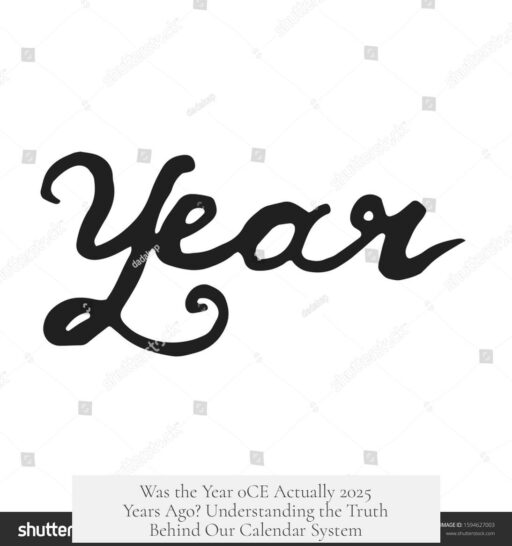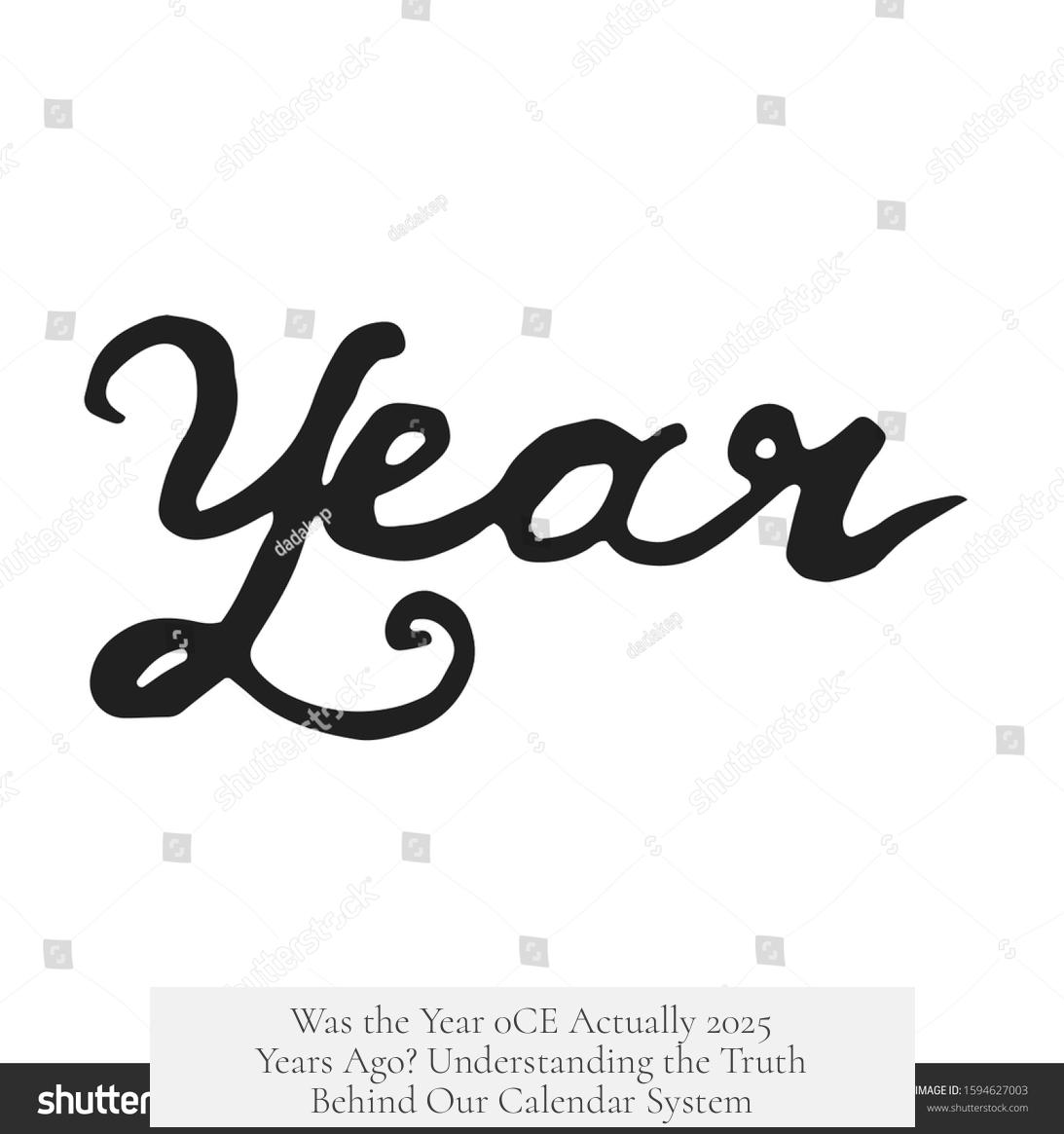The year 0 CE did not occur because there is no year zero in the traditional calendar system. Instead, the calendar transitions directly from 1 BCE to 1 CE. Given this structure, the year 1 CE was approximately 2024 years ago from the year 2025. Thus, the year 0 CE cannot be said to be 2025 years ago because that year never existed in the calendar.
The modern Gregorian calendar and its predecessor, the Julian calendar, do not include a year zero. Instead, these systems count years as 1 BCE (Before Common Era) followed immediately by 1 CE (Common Era). This sequence means the current year count begins at 1 CE without a zero to mark the start. Many people assume a year zero existed, but historical records confirm otherwise.
Roman year reckoning, which forms the basis for our current calendar, is highly reliable from 45 BCE onwards. The Julian calendar was introduced by Julius Caesar in 45 BCE, replacing the less accurate Roman republican calendar. From that point, the year count and calendar structure aligned more closely with the solar year, allowing for precise historical tracking. Thus, dates from 45 BCE forward correspond well with current calendrical calculations.
Before 45 BCE, the Roman calendar was less stable. It had twelve months of fixed length, but required intercalary months inserted every few years to remain synchronized with the solar year. These political and astronomical adjustments make precise historical dating difficult before the Julian reform. As such, any attempt to pinpoint exact years or count backward beyond 45 BCE involves some uncertainty and estimation.
The Anno Domini system, which labels years as AD (Anno Domini) and BC (Before Christ), was introduced much later. Dionysius Exiguus established this system in the 6th century CE, but he did not calculate the birth of Christ. Instead, he adopted an existing chronology dating back to Hippolytus of Rome in the 3rd century CE. This calendar system became widespread in Europe and forms the basis for now common CE/BCE reckoning.
Key confirmations of the calendar’s accuracy come from matching historical events with astronomical phenomena. For example, a partial solar eclipse recorded over Rome on August 1, 45 CE, aligns with modern astronomical calculations. Other known eclipses noted by Roman astronomers like Ptolemy correspond to dates in the current calendar system. These verifications ensure confidence in the continuity of the year reckoning system.
Counting backward, given no year zero, means the year 1 CE occurred approximately 2024 years ago relative to 2025. For instance, if someone went back 2000 years, they would land around 25 CE, not year 0 or a different count. This method aligns with known historical events—Emperor Tiberius ruled roughly from 14 to 37 CE, placing 2000 years ago solidly within the early Common Era.
Additional factors reinforce this timeline’s reliability:
- Roman years originally were named after consuls until the imperial era standardized numbering based on an emperor’s tribunician years.
- The months in the Roman calendar before the Julian reform had varying days but were regularized after 45 BCE.
- Continuous official records and inscriptions from Rome confirm the year counting system’s consistency.
Thus, the year 0 CE did not exist. The historical system jumps from 1 BCE directly to 1 CE. The transition is crucial for understanding how long ago the year 1 CE was. With the current year being 2025, the year 1 CE was about 2024 years ago, not 2025.
| Concept | Details |
|---|---|
| Year 0 | Does not exist; calendar goes 1 BCE → 1 CE |
| Year 1 CE age from 2025 | Approximately 2024 years ago |
| Roman calendar reliability | Accurate and continuous from 45 BCE onward |
| Anno Domini introduction | 6th century by Dionysius Exiguus, adopted pre-existing chronology |
| Pre-45 BCE calendar | Uncertain due to intercalations and political adjustments |
| Astronomical corroborations | Eclipses and weekdays confirm calendar accuracy |
| Historical usage | Years named for consuls, later by emperor’s tribunician years |
- No year zero existed in historical calendars; the year before 1 CE is 1 BCE.
- The year 1 CE was roughly 2024 years before 2025.
- The Julian calendar system, implemented in 45 BCE, offers a reliable framework for date reckoning.
- Dionysius Exiguus introduced the Anno Domini system but did not calculate the birth of Christ.
- Before 45 BCE, calendar reckoning is less certain due to irregular intercalations.
- Astronomical evidence confirms the calendar dates align well with historical events.
Was the Year 0CE Actually 2025 Years Ago? Let’s Get This Straight!
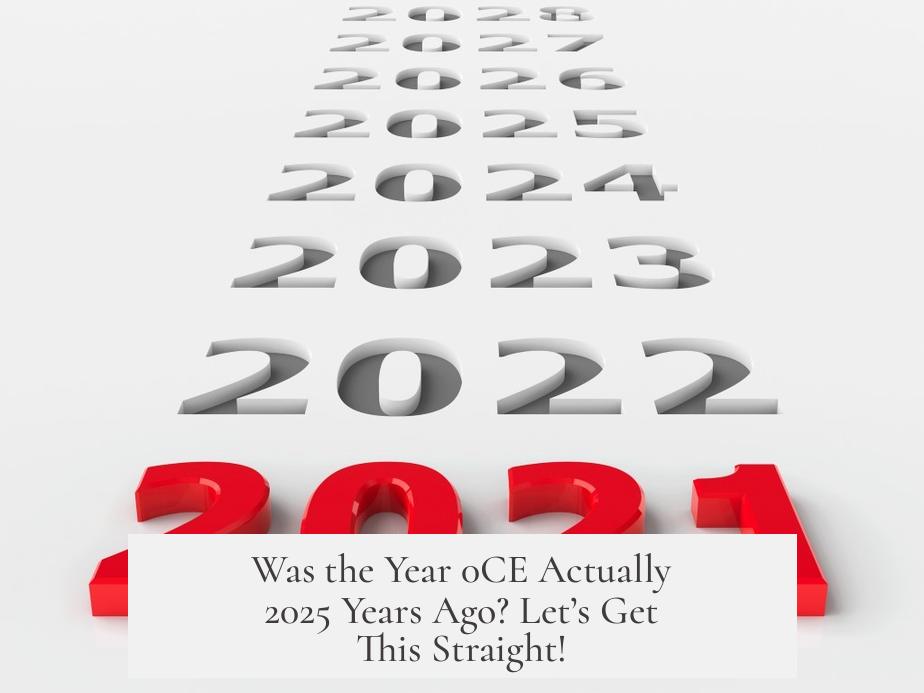
Here’s the scoop: there is no year 0CE; the calendar jumps directly from 1 BCE to 1 CE. So, if you’re counting years from that starting point, the year 1 CE was about 2024 years ago from 2025. Meaning, the year 0 CE just doesn’t exist, making that question a bit of a time traveler’s paradox. But hang on — the story of our calendar and how we count years is a fascinating ride through history, politics, and some planetary alignment.
Ready for a time jump through ancient Rome, eccentric monks, and celestial events? Buckle up!
No Year Zero: The Great Calendar Leap
First, let’s clear the biggest misconception. You might assume the year 0 exists — after all, zero is a pretty important number, right? Well, not in the official calendar. The timeline leaps directly from 1 BCE (Before Common Era) to 1 CE (Common Era) without a zero sneaking in between.
This quirk comes from how our calendar was designed. It’s like skipping the number zero on a staircase and jumping from step 1 down to step 1 again. So counting 2025 years ago lands you at year 1 CE, not zero, and that counts as roughly 2024 years ago as of 2025.
A Roman Guarantee: Calendars We Can Trust
Why can we be so confident about this reckoning? Because Rome had the bureaucracy to keep track of years — seriously. The Roman calendar system, especially from 45 BCE onward, is rock solid.
When Julius Caesar introduced the Julian calendar in 45 BCE, it corrected the mess caused by the previous Roman republican calendar, which had irregular months and political shenanigans to mess with year lengths.
Modern historians and astronomers trust these Roman records so much that the dating backward is pretty much bulletproof. The Roman calendar system makes it easy for us to map current years backward accurately.
Anno Domini: The Monk Who Didn’t Invent the Year
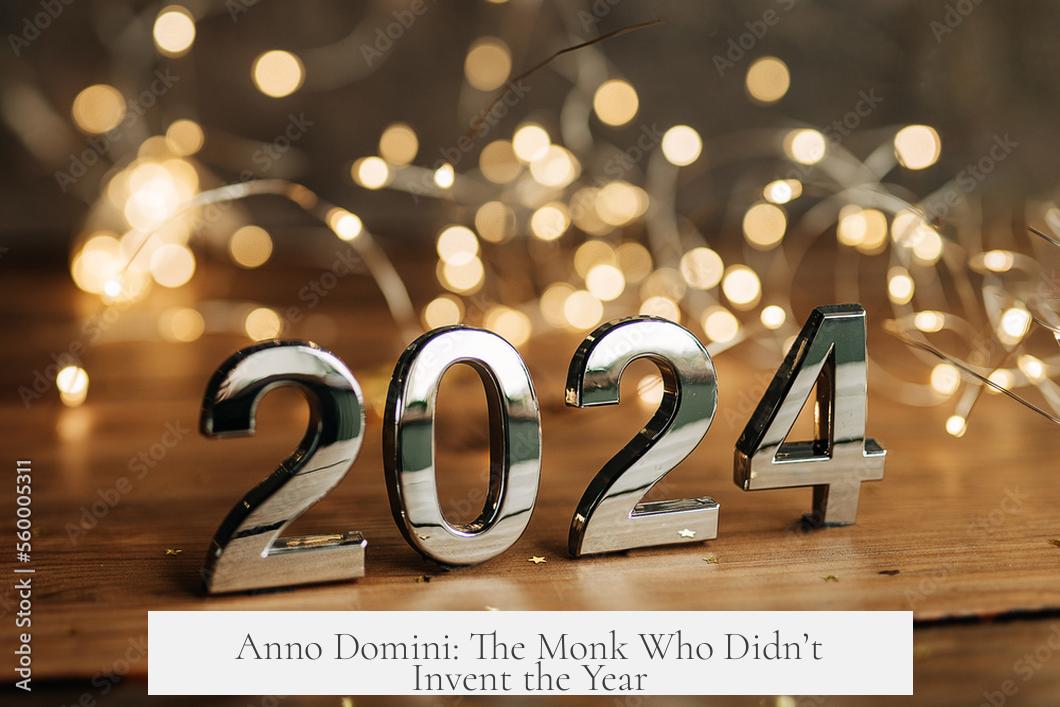
The idea of numbering years from the birth of Christ wasn’t chalked up all at once. Dionysius Exiguus in the 6th century CE started using “Anno Domini” (AD), meaning “in the year of our Lord,” in his calendar.
But here’s the kicker: Dionysius didn’t calculate the birth year of Jesus himself. He inherited that from a tradition dating back about 300 years earlier, thanks to Hippolytus of Rome in the 220s CE. So, the system was less about “inventing” and more about formalizing existing traditions.
The Julian Calendar: No Guesswork After 45 BCE
Converting dates before 45 BCE requires some math and guesswork, thanks to peculiar intercalary months (extra months added irregularly to sync with the seasons). The old Roman republican calendar often drifted out of sync, confusing things further.
However, post-45 BCE, thanks to the Julian reform, calendars operate cleanly. The months have fixed lengths (January has 31 days, February 28, and so forth), and no more political fudge added extra months.
This consistency means modern calendars connect smoothly with the ancient ones from 45 BCE onwards. So, saying events happened “2024 years ago” is trustworthy within that timeline.
How Did Romans Name Their Years Anyway?
The Romans didn’t always label years with numbers. Initially, they used the names of consuls—like saying “in the year of Consul A and Consul B.” Tricky, right? Later, under Emperor Augustus, years were named by how many times he held office—his tribunicia potestas.
For example, what we now call 1 CE would have been termed “Augustus 27” because it was the 27th year since Augustus took that office. It’s like using a ruler’s reign to mark time rather than a fixed calendar.
Proof in the Stars: Astronomy Confirms It All
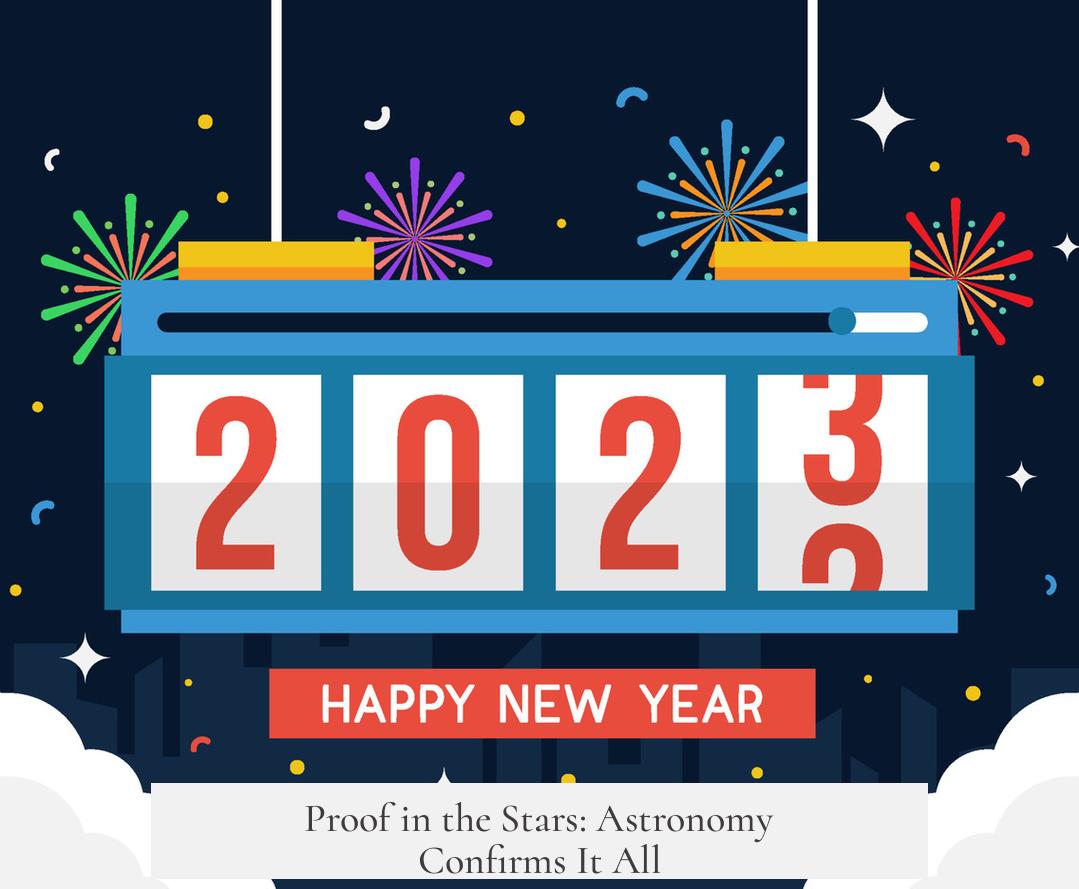
Here’s where science chimes in. We have documented eclipses and weekday patterns from ancient Rome that match modern calculations perfectly. A partial solar eclipse over Rome on August 1, 45 CE, has been confirmed by palaeoastronomy.
Even Ptolemy, a 2nd-century astronomer, recorded eclipses matching dates calculated today. These celestial events back up the reliability of the Roman calendar system and ensure we are not wildly off in numbering the years.
With this astronomical nod, confidence in our historical timeline isn’t blind faith — it’s scientific knitting of data threads across centuries.
Putting It Together: How Does This Affect Counting Years Back?
Imagine you walked 2,000 years BACK in time using our calendar. You wouldn’t end up in some mysterious “year 0,” but rather in about 25 CE, because the sequence skips zero and jumps from -1 (1 BCE) to 1 CE.
During that time, Emperor Tiberius was pacing Rome, ruling as its second emperor. The fact that historical events, rulers’ reigns, and calendars all line up means our calendar counting is more than a guess. It’s a framework holding across millennia.
Summary: What’s the Bottom Line?
- There **was no year zero** in historical or current calendar systems; it moves from 1 BCE straight to 1 CE.
- Year 1 CE is about 2024 years ago as of 2025, not 2025 years ago.
- The Roman calendar is reliable and consistent from 45 BCE onward, supporting accurate backward year reckoning.
- Dionysius Exiguus introduced “Anno Domini” in the 6th century, adopting a tradition rather than crafting a new date.
- Calendar issues before 45 BCE make that earlier period murkier for date conversion due to political and seasonal calendar fixes.
- Astronomical records, like eclipses, perfectly confirm the calendar’s continuity and accuracy.
Thought-Provoking Question: Why Does This Matter?
Understanding the quirks of our calendar sheds light on history’s timing, misinterpretations, and how civilizations kept track of time without modern technology. So next time someone insists the year 0CE was “exactly 2025 years ago,” you can charm them with facts — no need for a time machine!
Or better yet, appreciate that calendar systems are a human invention linking us to the past with more precision than you might expect. The next time you glance at a date, remember there’s a web of politics, astronomy, and scholarly decisions behind those simple numbers.
